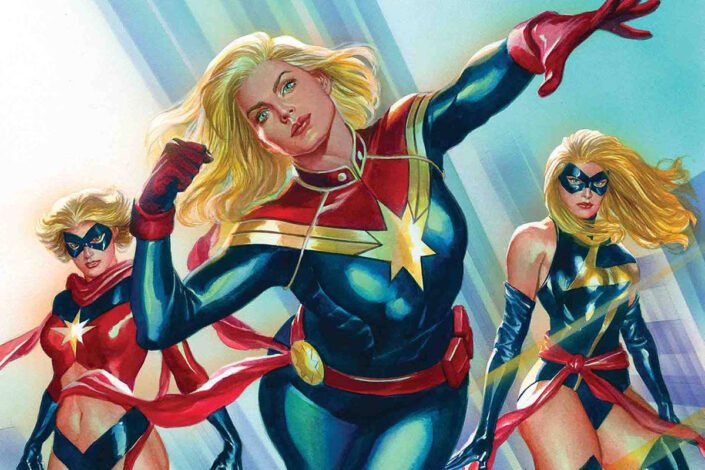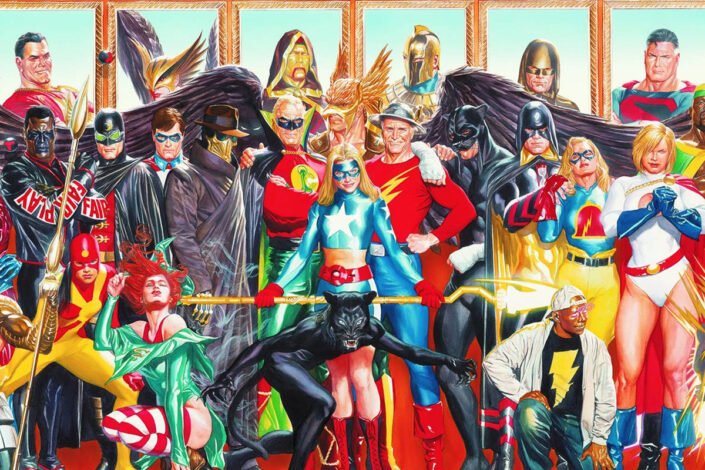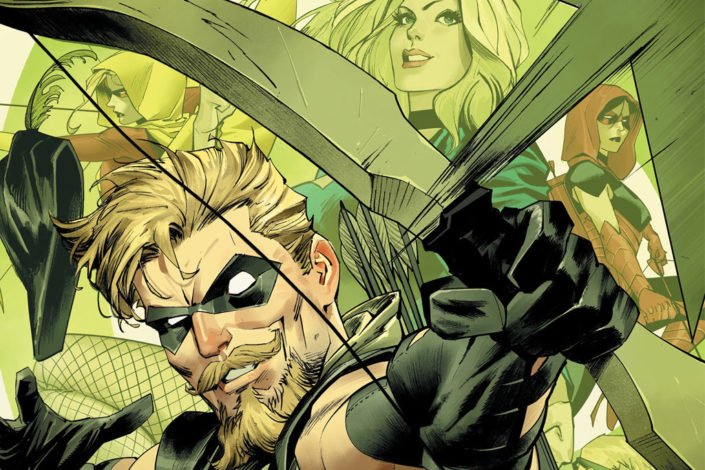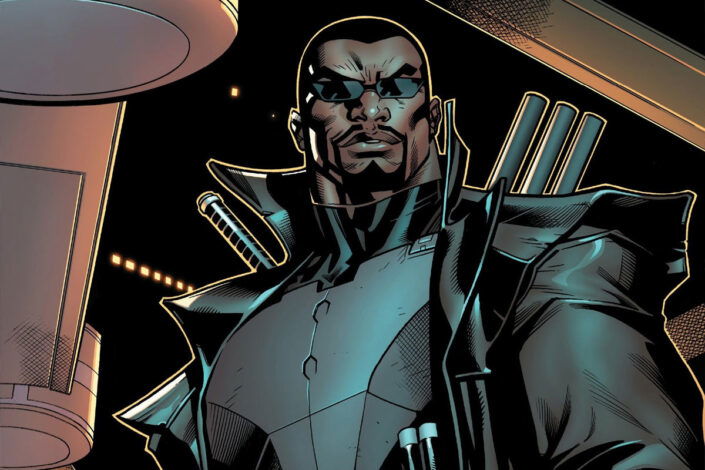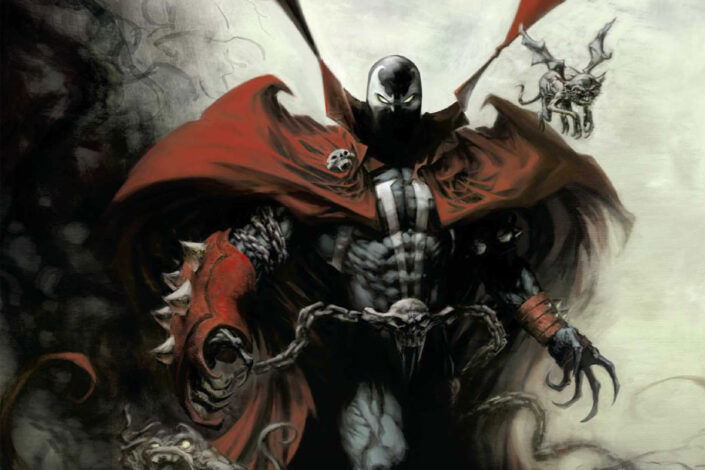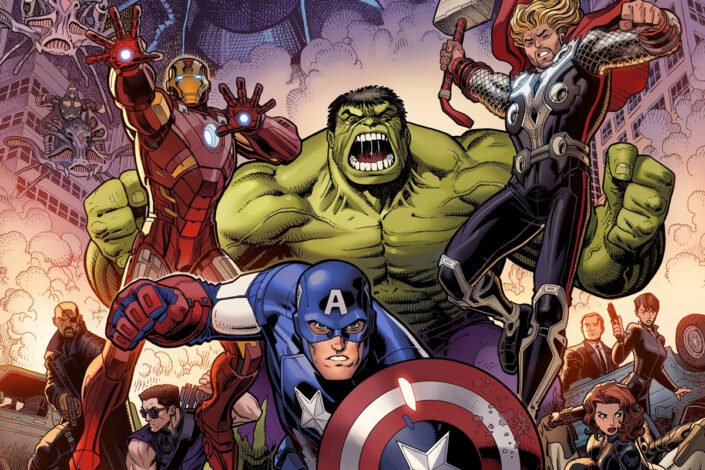Wolverine Reading Order

Created by Roy Thomas, Len Wein, and John Romita Sr. in 1974 (in The Incredible Hulk #180-181) but first drawn for publication by Herb Trimpe, Wolverine quickly became the most popular X-Man.
Described as a Canadian of small stature and with a wolverine’s fierce temper, Wolverine has a complicated past, multiple origin stories, and a lot of deaths and resurrections. In fact, he already had a long life before joining the X-Men, as we discovered over the years. He was born during the late 19th century, and his youth was marked by family secrets and tragedies. He already had claws, but they were not made of adamantium. He also already had his animal-keen senses, enhanced physical capabilities, and a powerful healing factor. That made him the perfect candidate for the mysterious Weapon X program that kidnapped him before having adamantium forcibly fused onto his bones.
Obviously, he escaped and found his way toward Professor Charles Xavier who recruited him into his new X-Men with Jean Grey and Cyclops (go to our X-Men Reading Order). With the team, he fought against many foes. He lost his claws, his adamantium, his memories, his loves, his family, and his friends, but he also got most of them back, joined other teams, and discovered even more about himself, his friends, his place in this world, and his powers.
Wolverine is so popular that he appeared in a lot of series. Too many in fact to the point that his story doesn’t always make sense. As a consequence, writing an exhaustive reading order is almost an impossible task to complete, but we can still try to write one that is usable. This is what we are trying to do here, with a focus on his solo career.
